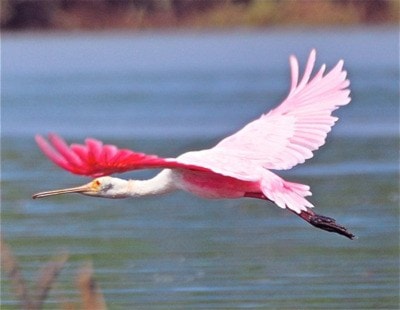Social media sites can be powerful tools and in this day and age, a major mode of communication. Seeing the incredible amount of photos of rioters in action uploaded to various Facebook sites only solidifies my belief that this highly popular application is an excellent source of information, both good and bad.
A year or so ago I joined a social media group for birders and the results of this were phenomenal. One of the first suggestions was to make ‘friends’ with 5,000 birders around the world; an easy task if you’re not picky about whom your friends are.
Myself, I hover between 500 and 700 ‘friends’ and regularly add or delete as needed. Many times I have accepted a friendship only to find we have nothing in common and these ‘friends’ are given the heave ho to make room for new ones. Most, but not all of my ‘friends’ are virtual while others I have actually met in person and true friendships have developed.
I have bird buddies in every corner of the world and because of this my birding experiences have been truly rewarding. I may never get to most of these countries but I have been privy to photos, videos and information about almost every bird known to mankind.
For those that never have the opportunity to travel, virtual birding is the next best thing. There are over 10,000 birds on our planet and through Facebook you may, over time, be lucky enough to see photos of each and every one. Through Facebook, I have armchair travelled to Nepal, Hungary, Australia, Norway, Germany, Trinidad, Peru and countless other countries and its been absolutely fascinating!
‘Friending’ birders this way can be of an enormous help when planning trips as well. Through several ‘friends’ (two real and four virtual, who will also become real on our next trip), I was able to help a relative experience the joys of a month long birding adventure in Costa Rica. He was treated like long lost family and had to do nothing more than land in the tropical paradise. Everything else fell into place and all because they were my Facebook ‘friends’. Birders are an awesome bunch and are always willing to share, not only their knowledge but in some cases, their homes as well.
Live bird cams are all the rage on Facebook as well, and some folks leave them on all day while at work on their computers so as not to miss anything such as an egg hatching or a fledgling taking its first flight, incredibly entertaining!
Each and every day I learn something new about the world of birds from Facebook posts. And not just birds, but insects, amphibians, reptiles and mammals, plants and human nature as well. This morning I saw a post about high-tech bird feeders that are equipped with radio frequencies that are able to monitor birds and have yielded more information than thought possible. One interesting thing they discovered is the average bird takes 208 seeds a day. No wonder we all go though so many bags of bird seed!
Just this week alone I learned that the White-rumped Sandpiper in the Canadian high Arctic has a call that sounds exactly like an insect, that a lone Emperor Penguin from the Antarctic found itself way off course on the shores of New Zealand and that the Spoon-billed Sandpipers in Russia are on the verge of extinction. There are fewer than 200 breeding pairs of Spoon-billed Sandpipers and with the help of Cornell University, the Wildfowl and Wetlands Trust and the Russian government there is an effort underway to help breed Spoonbills in captivity to help boost the numbers.
In most cases declining bird populations can be blamed on human activity, and for our future generations I hope they succeed. After a successful and awe inspiring effort was made to bring the California Condor back from the brink of extinction, it was reported on Facebook this week that three of the released birds were found dead after ingesting lead buckshot they had consumed by eating the remains of animals that had been shot and left to rot. Sad indeed when you realise there are only 68 of these majestic birds flying free and that only nine more are in pens awaiting release. Something I found of great interest was the three Bald Eagles in the U.S. that after necropsies, were found to have died due to eating rodents that had been poisoned, so very distressing and preventable.
Not all bird problems are human caused though. One of my Facebook ‘friends’ is a ranger in Minneapolis and spent much of her time rescuing Great Blue Herons and their chicks after a huge tornado tore through their island rookery and destroyed over 180 nests. Many of the adults were able to fly to safety but nearly every one of the three week old chicks perished. Today she reported that four weeks after the tornado, a handful of adults have set up new nests down stream and eggs have been laid. Unfortunately their fate is still in question as there may not be enough time for the future fledglings to acquire the skills they need before winter arrives. As I said, I learn something new every single day!
Contrary to what many of you may be thinking, I do not spend hour upon hour on Facebook. I can cruise through the various posts and be off the net in no time having come away much more knowledgeable than the day before.
Until next time, Happy Birding!
